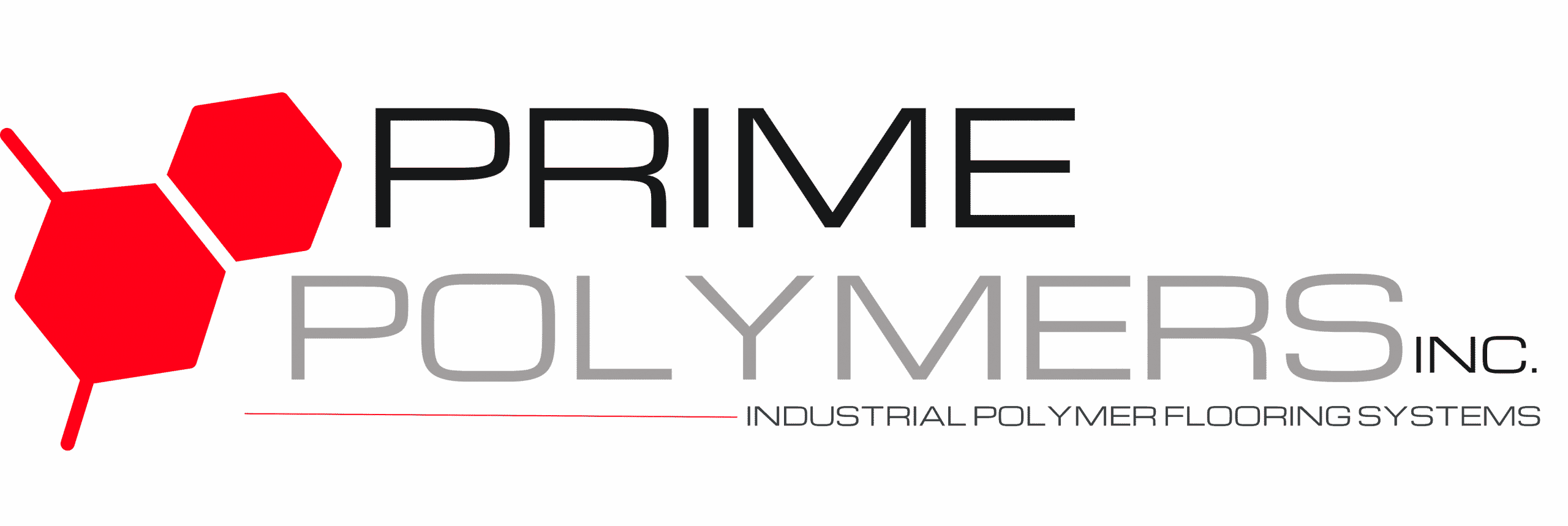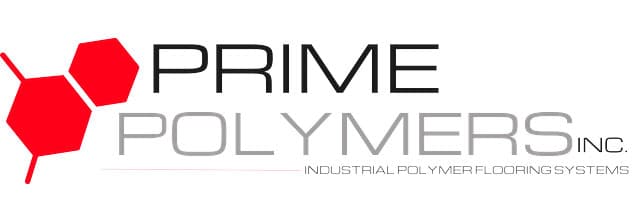Moisture
Moisture dissipating from a slab can be trapped by a coating or resurfacing system and can cause product failure. It is critical that slabs be tested for moisture content before applying a coating or resurfacer. We will take readings for the customer’s protection to minimize the chance of a product failure. Readings can be taken with a Tramex Moisture Meter. Readings taken with the calcium chloride kits ideally should be below 3 lbs. Pounds refers to the equivalent weight of water that has escaped from 1,000 square feet of concrete area, in 24 hours.
- Residual moisture is water retained in the slab from the initial concrete pour. This moisture will dissipate during the hydration process. The rate of hydration can be affected by many variables including the choice of curing methods. Customers are advised to consult with their architects and engineers to ensure that this process will not adversely affect the construction schedule.
- Moisture from below grade is moisture emanating from a source beneath the slab. Customers are advised to consult with their architects and engineers to insure there will be no migration of moisture through the concrete slab. Moisture migration from beneath the slab causes hydrostatic pressure and is a major factor in the failure of coating or resurfacing systems. Please be sure all floor drains are working properly.
- Vapor barrier – ACI 302.1, Guide for ConcreteFloor and Slab Construction, states that the minimum thickness of an effective vapor barrier is 10 mils. This was verified by some field studies conducted by Concrete Construction magazine. Thinner plastic can’t stand up to the abuse of construction. Seal all vapor barrier seams with the tape provided by the barrier manufacturer. Seams should overlap 6 inches. Stego, an optimum type of vapor barrier offers a detail drawing at https://www.stegoindustries.com/hubfs/Installation/Stego-Wrap-Vapor-Barrier-Retarder-Installation-Instructions.pdf?t=1504805081808
General Conditions of the Concrete
- The proper finish of the concrete surface helps to guarantee the bond of a coating or resurfacing system. Concrete should be placed according to all applicable ACI and ASTM standards.
- A smooth power troweled finish provides the most acceptable surface for the application of thin film coatings since there is usually only 15 – 25 mils. (dry film thickness) to hide surface irregularities.
- A smooth, power troweled finish is also the best finish for the resurfacing process because if makes for a stronger, and denser surface.
Caution: Avoid untimely finishing or over finishing which can cause weak dusting concrete and surface crazing.
- If a sealer/curing compound is used and if it must be removed by chemical stripping the law recognizes the owner as the hazardous waste generator. If the sealer/compound is removed by shot blasting, no hazardous waste is created.
- The final finish of the new floor is directly related to the integrity and finish of the initial pour.
- Concrete imperfections will be highlighted by the surface preparation and the coating system.
Such imperfections are:
- Shrinkage and surface cracks
- Waviness
- Trowel marks
- Foot prints
- Stains (when a clear coating system is applied)
- Soft Concrete
- Fibers protruding from the surface
- Holes and voids
- High spots from rough concrete finish
Some of these imperfections can be patched, however, the texture of our patching material will result in glossy areas when the coating is applied.
A thick film coating or resurfacing system will correct all the imperfections listed above, except for waves and high spots.
Contaminants, build-ups, foreign materials and stains (apply to coatings only)
- Build-ups and foreign materials; Our price does not include a major cleaning of the slab. Our surface preparation does not include scraping or scrubbing of the surface. Mud, overspray, plaster build-ups, etc., should be removed and ideally the floor should be scrubbed prior to our arrival.
- Stains; Existing stains such as oil, tire marks, and cleaning solvents which are in the surface at the time of our coatings installation generally cannot be removed by normal surface preparation techniques and therefore will show through a clear coating system. The customer is advised to caution other trades working in the building to avoid creating these kinds of stains.
Facilities and area conditions which promote problem-free installations
- Outside walls and windows should be completed or weather proof barriers should be provided.
- Areas should be free of all contractors, their equipment, materials and debris.
- All overhead work should be completed.
- Permanent lighting should be installed or the equivalent of such lighting provided.
- Room and slab temperatures should be brought up to and maintained at a minimum of 65°F (temperature directly affects the cure of the materials).
Pre-Job Walk-Thru
Three to Fourteen (3-14) days prior to the job start, a technician will make a site inspection to ensure that the job site is ready for installation. If at that time, there are any conditions that do not meet the previously mentioned requirements; the conditions will be discussed with the general contractor to prevent possible delay. We request that a customer representative be available for the walk-thru.

